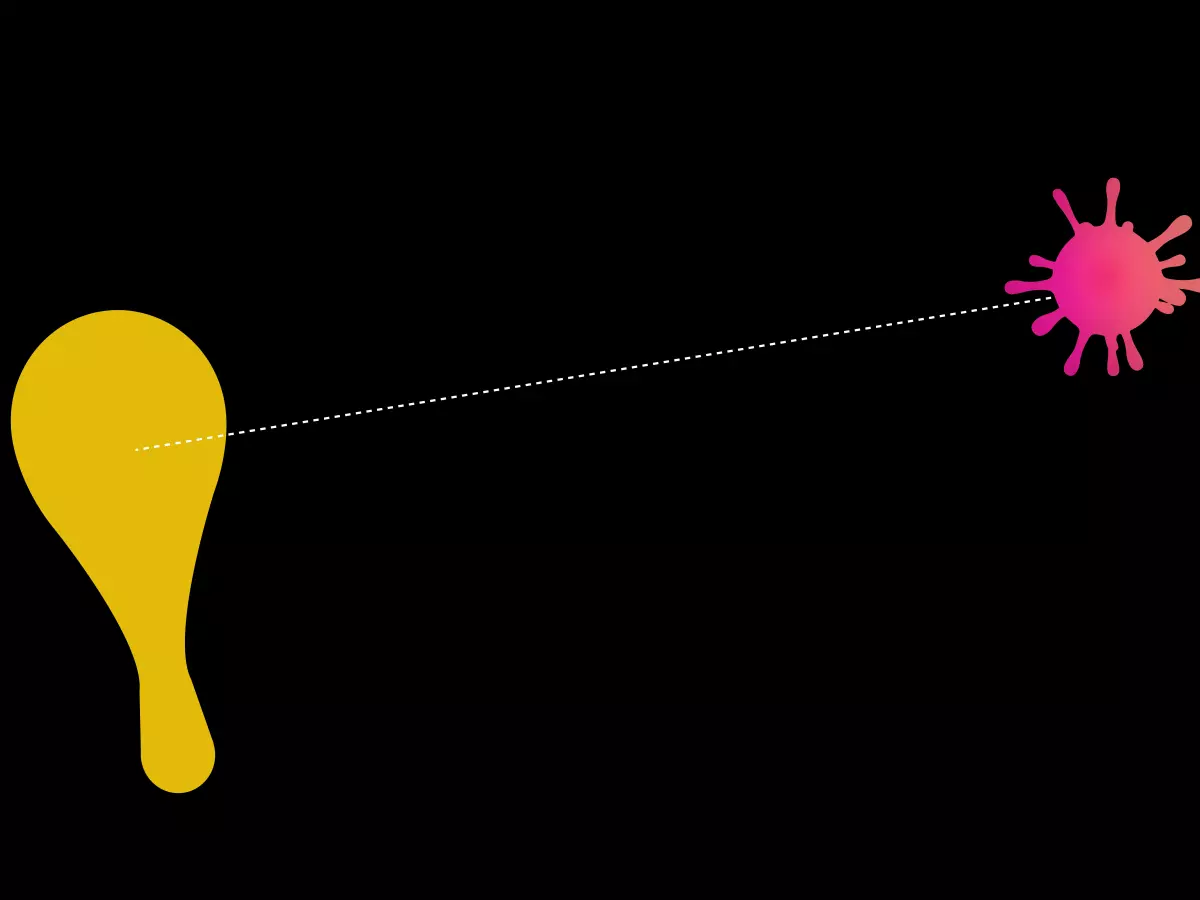Behavioral Analytics
Imagine this: your network is under attack, but it’s not from an external hacker. It’s from an employee who’s been with the company for years, someone you’d never suspect. How do you catch them before it’s too late?

By Wei-Li Cheng
That’s where behavioral analytics comes in. In a world where traditional cybersecurity measures like firewalls and antivirus software are no longer enough, behavioral analytics is stepping up as the new sheriff in town. It’s not just about blocking known threats anymore; it’s about predicting and preventing the unknown. And that’s where things get interesting.
So, what exactly is behavioral analytics? In simple terms, it’s the practice of monitoring and analyzing user behavior to detect anomalies that could indicate a potential security threat. Think of it as a digital detective, constantly watching and learning from the actions of users, devices, and applications across your network. When something doesn’t fit the pattern, it raises a red flag.
Why Traditional Security Measures Are Falling Short
Let’s face it: the bad guys are getting smarter. Hackers are no longer just brute-forcing their way into systems. They’re using sophisticated techniques like social engineering, phishing, and even AI to bypass traditional security measures. Firewalls? They can be breached. Antivirus software? It’s often one step behind the latest malware. Multi-factor authentication? Even that’s not foolproof anymore.
That’s why relying solely on these traditional defenses is like trying to stop a flood with a sandcastle. You need something more dynamic, something that evolves as the threats evolve. Enter behavioral analytics.
How Behavioral Analytics Works
Behavioral analytics works by establishing a baseline of what “normal” behavior looks like within your network. This could include things like login times, file access patterns, and even typing speed. Once the system has a good understanding of what’s normal, it can start identifying deviations from that baseline.
For example, let’s say an employee typically logs in at 9 AM from their office in New York. One day, the system detects a login attempt at 3 AM from a location in Russia. That’s a red flag. Or maybe a user who usually accesses only a few files per day suddenly starts downloading gigabytes of sensitive data. Another red flag.
But it’s not just about catching the obvious stuff. Behavioral analytics can also detect more subtle anomalies, like changes in typing speed or mouse movement patterns, which could indicate that an account has been compromised by a bot or another user.
Predicting Threats Before They Happen
One of the most exciting aspects of behavioral analytics is its ability to predict threats before they even happen. By continuously learning and adapting to new data, these systems can identify patterns that might indicate an impending attack.
For instance, if a user starts exhibiting behavior that’s similar to known attack patterns—like accessing certain files or using specific commands—the system can flag that user as a potential threat, even if they haven’t done anything malicious yet. This allows security teams to take proactive measures, like locking the account or conducting a deeper investigation, before any real damage is done.
In this way, behavioral analytics shifts the focus from reactive to proactive cybersecurity. Instead of waiting for an attack to happen and then scrambling to contain it, you can stop it in its tracks before it even begins.
The Role of AI and Machine Learning
Of course, none of this would be possible without the power of AI and machine learning. These technologies are what allow behavioral analytics systems to continuously learn and adapt to new data. The more data the system has, the smarter it gets.
AI can also help reduce false positives, which have long been a problem in cybersecurity. Traditional systems often flag harmless activities as potential threats, leading to alert fatigue and wasted time. But with AI, behavioral analytics can get better at distinguishing between real threats and benign anomalies, making the system more efficient and less prone to crying wolf.
Challenges and Limitations
While behavioral analytics is a game-changer, it’s not without its challenges. For one, it requires a lot of data to be effective. If your system doesn’t have enough data to establish a reliable baseline, it’s going to struggle to detect anomalies accurately.
There’s also the issue of privacy. Monitoring user behavior so closely can raise concerns about how that data is being used and who has access to it. Companies need to be transparent about their data collection practices and ensure that they’re complying with privacy regulations like GDPR.
Finally, while behavioral analytics can predict and prevent many types of attacks, it’s not a silver bullet. It should be used in conjunction with other security measures, like encryption, firewalls, and multi-factor authentication, to create a comprehensive defense strategy.
Behavioral Analytics in Action
So, how are companies using behavioral analytics in the real world? One example is the financial industry, where detecting fraudulent transactions is a top priority. Banks and financial institutions are using behavioral analytics to monitor customer transactions and flag anything that seems out of the ordinary, like a sudden large withdrawal or a purchase made in a foreign country.
Another example is the healthcare industry, where protecting patient data is critical. Hospitals and healthcare providers are using behavioral analytics to monitor access to medical records and ensure that only authorized personnel are viewing sensitive information.
Even government agencies are getting in on the action, using behavioral analytics to detect insider threats and prevent espionage. By monitoring the behavior of employees and contractors, these agencies can identify potential threats before they have a chance to cause harm.
The Future of Cybersecurity
As cyber threats continue to evolve, so too must our defenses. Behavioral analytics represents the next frontier in cybersecurity, offering a more dynamic and proactive approach to threat detection and prevention. While it’s not a perfect solution, it’s a powerful tool that can help organizations stay one step ahead of the bad guys.
In the words of cybersecurity expert Bruce Schneier, “Security is a process, not a product.” Behavioral analytics is just one part of that process, but it’s a crucial one that’s helping to shape the future of cybersecurity.





